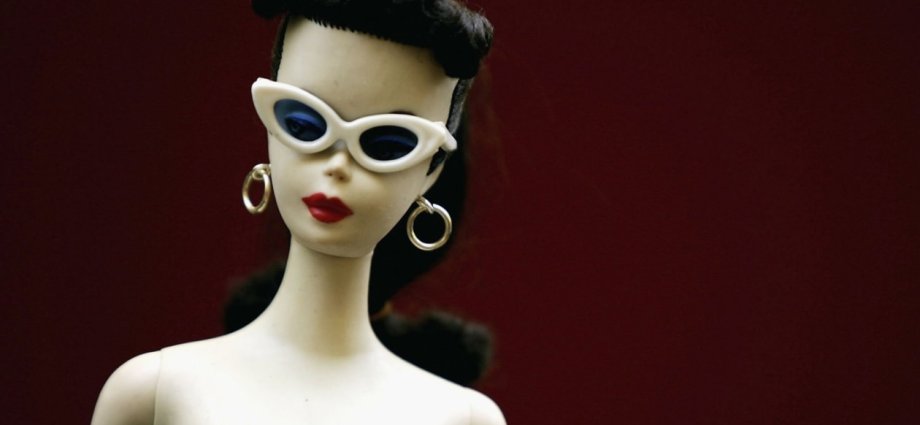Greta Gerwig’s blockbuster film “Barbie” has brought the legacy of the popular yet controversial doll back into the limelight.
With the release of the film, Gerwig has made history: “Barbie” took $377 million (£294 million) at the box office on its opening weekend around the world, making it the biggest debut ever for a film directed by a woman.
The film’s subject, the iconic doll played with by generations of children, has been the subject of both adoration and hand-wringing for decades.
Impossible proportions
Since the first doll was released by Mattel co-founder Ruth Handler in 1959, it has come under criticism for its impossible body proportions. Based on a German Lilli doll, typically gifted to men at bachelor parties, Barbie was “one of the first children’s toys to have breasts” alongside her “tiny waist and long legs”, said Stylist.
When student Galia Slayen recreated the doll in 2007, using measurements as if she were a real person, she found that Barbie would be 6ft tall, weigh 110lb, and have a 39-inch chest and an 18-inch waist.
Her unrealistic body size and representation as white, blonde and thin, means Barbie has frequently been blamed for contributing to negative body image among young girls. A 2006 study suggested that girls aged six to eight who played with Barbie dolls experienced higher levels of body dissatisfaction than girls who played with dolls with fuller figures.
‘An avatar for our wildly imaginative tendencies’
But despite the frequently cited negative connotations of Barbie dolls, what is often overlooked is how her “plastic-ness, her financial accessibility, her generic quality” means Barbie has been a canvas for imagination and creativity for generations of children, said Sarah Seltzer in Time magazine.
For decades, Barbie has been “an avatar for our most violent, strange and wildly imaginative tendencies” as children have “tied up their Barbies, dismembered them, acted out conflicts” and even “held orgies, too”. But whether as children we “revered her or destroyed her or both”, Barbie has been “subsumed into our own ideas about how to play”.
The doll “provided an easy way for kids, mostly girls, alone and in groups, to control their own narratives”, continued Seltzer. In that way, “she made the idea of adulthood, and womanhood, something younger girls could try on and experiment with, or simply fire down the hallway like a blonde torpedo”.
Barbie’s ‘proto-feminist’ messaging
Barbie’s “proto-feminist” messaging has been there from the very beginning, argued M.G. Lord in the Los Angeles Times, although many second-wave feminists are unlikely to agree. With her “unabashedly sexy body, no husband and a self-supporting job”, the first iterations of Barbie appear almost to have “preached the gospel of Helen Gurley Brown’s 1962 book ‘Sex and the Single Girl,’ an anti-marriage manifesto and an argument for women’s financial and sexual autonomy”, said Lord.
Barbie has evolved with the times, and in recent years Mattel has released a diverse range of Barbies as well as made changes to her body to address persistent criticisms – possibly partly in response to the emergence of fourth-wave feminism and its embrace of intersectionality and body positivity.
It is curious then that Mattel has remained reluctant to label Barbie as a feminist. “In Barbie’s world, however, objects speak louder than words,” said Lord. With her “vast array of ethnicities and body types” as well as “professions and personas” it is clear that Barbie is a “strong, independent woman”. Perhaps Mattel simply “balk at stating the obvious”.











